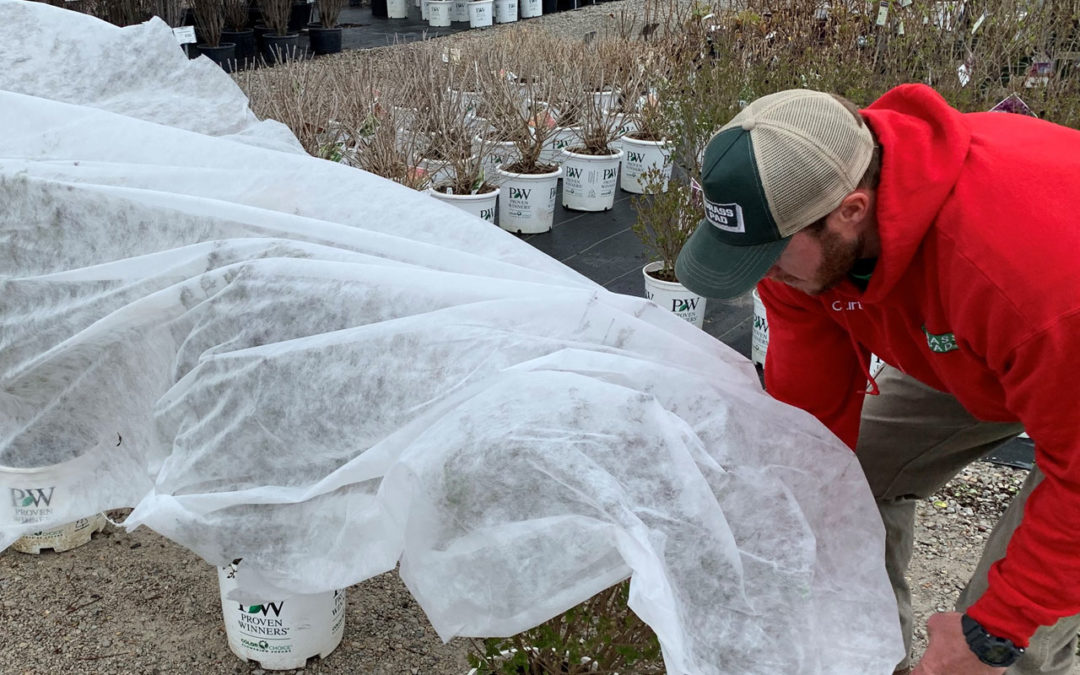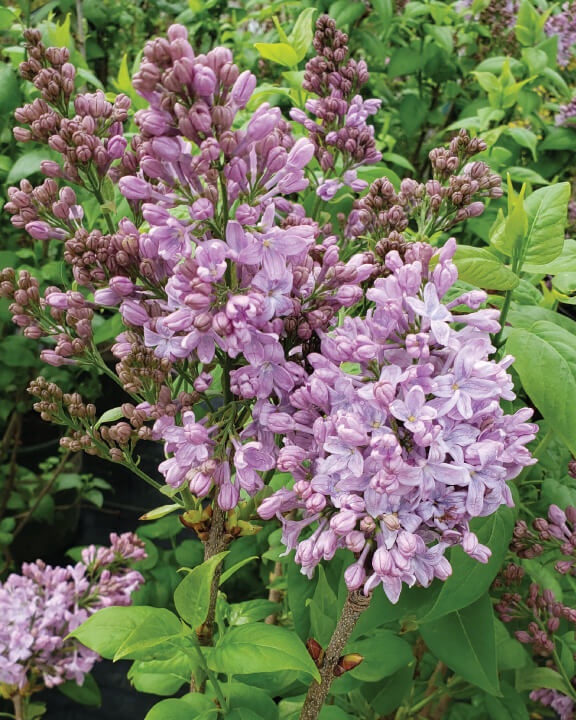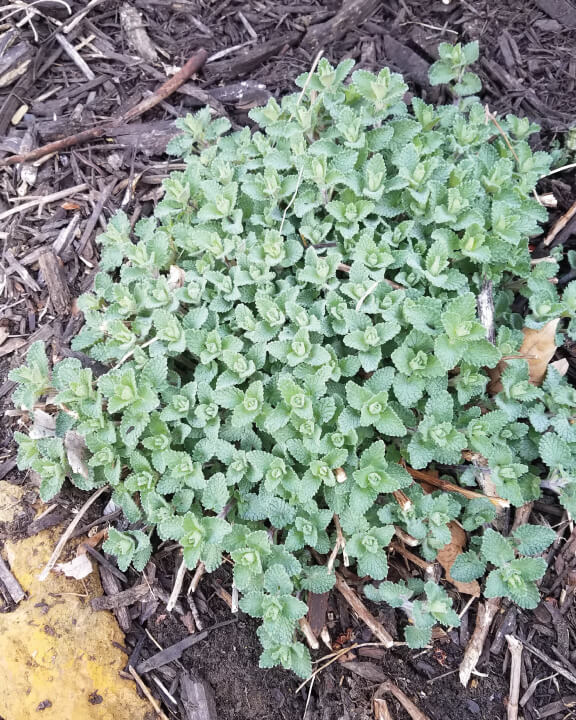How To Protect Plants Against Cold Spring Weather
It’s the same thing every spring, a few warm days in March has everyone in the mood to get out of their winter doldrums. Our customers are happy to get out of the house and get into the yard. Clean out the garden bed, prune the shrubs, mow the lawn and rake leaves.
Then like a kick in your shorts, a late freeze comes along. Now everyone is stressed about all those pansies they just planted or the daffodils in bloom. An early spring freeze is nothing new for our region. Just one of those reminders, it’s not spring ‘til Mother Nature says it’s spring. Here are some things that can help ease your stress.
Established Wood Shrubs and Perennial Care
Don’t lose sleep over established woody shrubs or perennials. Some things you just can’t control. Mother Nature always has a way of looking after her own. Established plants will have stored energy to grow a second generation of leaves.
Should I Cover My Flowers?
Covering your flowering plants with a cloth or blanket can give an extra 4 to 5 degree difference. It doesn’t sound like much, but it is a big difference. If you choose to cover your plants, make sure the entire plant is covered and DO NOT USE PLASTIC. Be careful not to overweight any limbs and branches. If you are not careful, more damage can be done from covering them, than the freezing temperature.
Why not plastic?
Never use plastic of any kind, including black plastic garbage bags, to cover plants, as plastic conducts cold to the leaves and will increase the likelihood of damage to the plant. Old sheets, blankets, drop cloths and special frost protection blankets work best.
What About my Perennials?
Hardy and well-established perennials such as daffodils, tulips, daylily, and iris can usually handle overnight dips nearing the mid 20°s with minimal damage. However, sustained cold temperatures, especially nearer the teens, can cause injury. Most of the time, this would result in cellular wall damage. If the plant was mature and well established; the plant will typically produce new shoots and grow out of it. They may be a little sluggish to perform at first, but a monthly application of Root Accelerator should help them reestablish.
Peony and hosta have tender new foliage, and it may be best to push mulch up around the sides and base of the plant to give support and cover them with a frost blanket or cloth sheet (NEVER USE PLASTIC). Another trick my Mother used was to set clay garden pots and 5-gallon buckets upside down over the plant. Be careful not to let the plants touch the sides of a plastic container.

What About My Annuals & Vegetables?
If you have pansies in the garden or in a container, chances are they look amazing. Cold weather snaps of short duration should not have any affect on the pansies. Annuals that are more sensitive to the cold and should have protection or brought inside are zinnia, vinca, and sweet potato vine. Cold hardy vegetables such as broccoli, cabbage, cauliflower and most lettuce should be fine in temporary freezing temperatures. Tomatoes and peppers are more sensitive to cold snaps and may need protection.
Expect the Worst, Hope for the Best
The real damage won’t be realized for several days. If signs of damaged tissue appear, fertilizer will be needed to replace expended food storage. The supply of stored energy is limited and will take time and supplemental nutrients to replace.
Fertilize Flower Beds and New Trees
This will help them begin the process of replenishing depleted energy reserves. In two weeks remove dead and black tips that show no sign of new growth. A positive side is we have plenty of time for new growth to return. The loss of fruit may be a good thing for certain crabapples and Sweet Gum trees.




